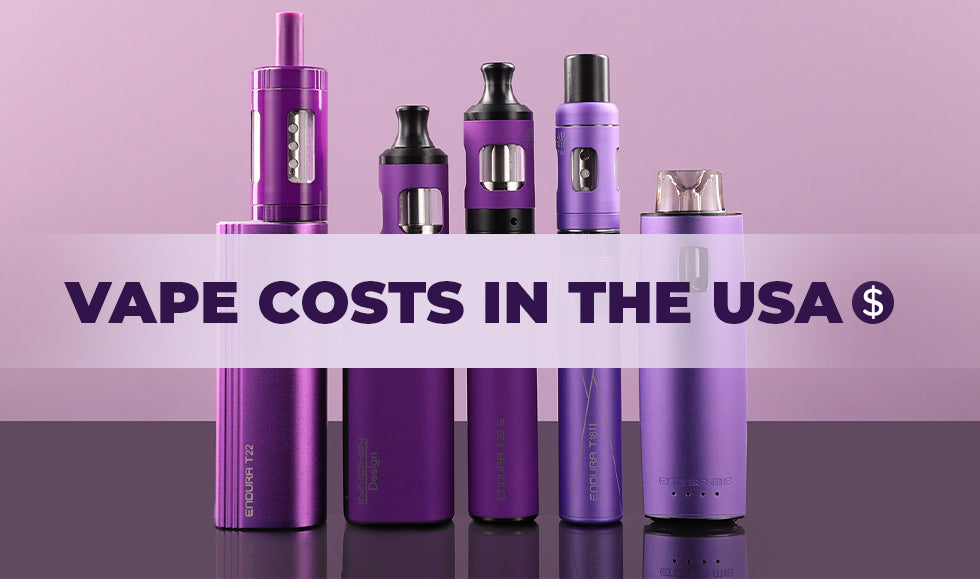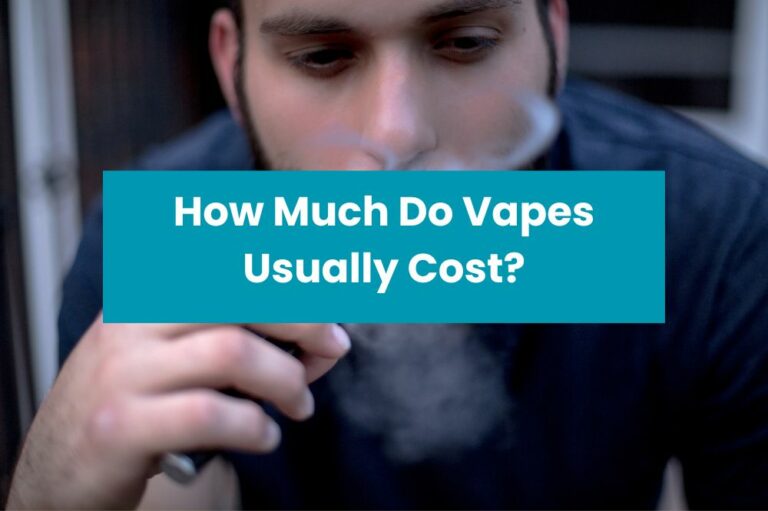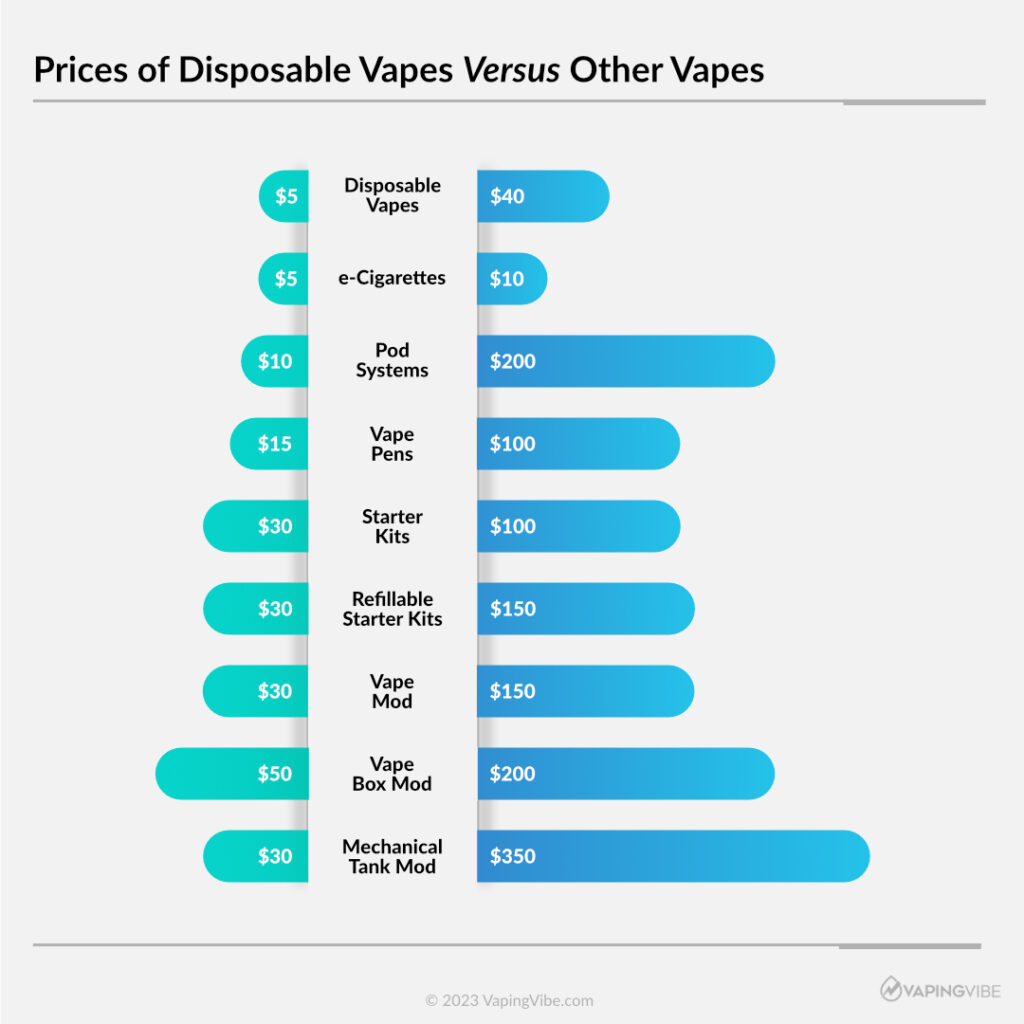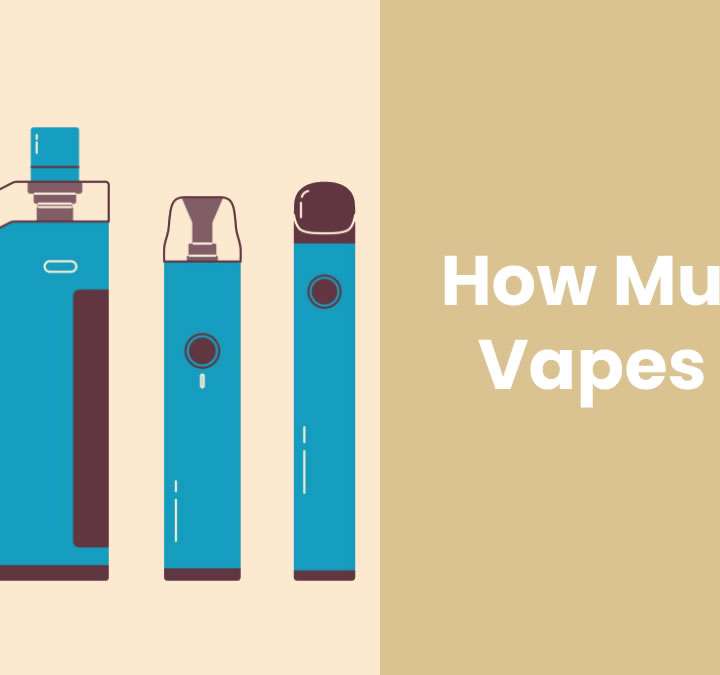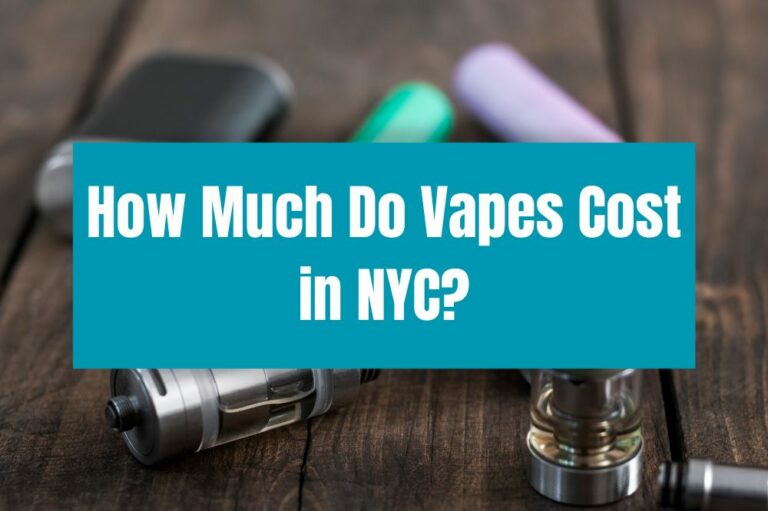How Much Do Vapes Usually Cost
The allure of vaping, often marketed as a safer alternative to traditional cigarettes, has captivated a significant portion of the population, particularly young adults. But beyond the flavors and perceived health benefits lies a critical factor influencing consumer choices: cost. Understanding the financial implications of vaping is essential for both users and policymakers, as price directly affects accessibility, usage patterns, and ultimately, public health.
This article delves into the typical costs associated with vaping, examining the price ranges of various devices, e-liquids, and accessories. By exploring these financial dimensions, we aim to provide a comprehensive understanding of the economic impact of vaping on individuals and the broader economy. The information provided is gathered from market research, retailer data, and expert analysis, ensuring an objective and data-driven perspective.
Understanding the Initial Investment: Vape Devices
The initial cost of venturing into the world of vaping largely depends on the type of device chosen. Options range from disposable vapes to more complex, refillable systems.
Disposable Vapes: Convenience at a Price
Disposable vapes, known for their ease of use and portability, typically represent the lowest initial investment. These single-use devices, pre-filled with e-liquid, can range from $5 to $20 per unit, depending on the brand and e-liquid capacity. While convenient, the ongoing cost of replacing disposable vapes can quickly accumulate, making them a less economical option for long-term users.
Pod Systems: A Balanced Approach
Pod systems strike a balance between convenience and cost-effectiveness. These devices consist of a rechargeable battery and replaceable pods filled with e-liquid. The initial cost of a pod system typically ranges from $15 to $50, with replacement pods costing between $10 and $20 per pack of two to four, depending on the brand and nicotine strength.
Mod Devices: Customization and Higher Costs
For experienced vapers seeking customization and greater control, mod devices offer a wide range of options. These advanced devices allow users to adjust wattage, temperature, and other settings to personalize their vaping experience. Mod devices are generally more expensive, ranging from $40 to upwards of $200, depending on features and brand. Additionally, users will need to purchase e-liquids and replacement coils separately.
The Recurring Expense: E-Liquids
E-liquids are a crucial component of the vaping experience, and their cost represents a significant ongoing expense for vapers. The price of e-liquids can vary widely depending on factors such as brand, flavor, nicotine strength, and bottle size.
Typically, a 30ml bottle of e-liquid can range from $10 to $30. Some premium brands or specialized flavors may command even higher prices. Factors like nicotine salt concentration can also affect the price, with higher concentrations sometimes incurring a greater cost.
The frequency of e-liquid purchases depends heavily on individual vaping habits. Heavy vapers may consume a bottle of e-liquid within a week, while occasional users may only need to purchase a bottle every few weeks.
Additional Costs: Coils, Batteries, and Accessories
Beyond the device and e-liquids, various accessories and replacement parts contribute to the overall cost of vaping. These include coils, batteries, chargers, and carrying cases.
Coils, which heat the e-liquid to produce vapor, require regular replacement. The lifespan of a coil depends on usage and the type of e-liquid used. A pack of replacement coils can range from $10 to $20, and frequent vapers may need to replace their coils every week or two.
For mod devices that use external batteries, the cost of purchasing and replacing batteries must also be considered. High-quality batteries can cost between $10 and $20 each, and users typically need to have multiple batteries on hand to ensure uninterrupted vaping.
The Impact of Taxes and Regulations
Taxes and regulations play a significant role in determining the final cost of vaping products. Many states and countries have implemented excise taxes on e-liquids and vaping devices, which can significantly increase the price for consumers.
For example, some states impose a tax per milliliter of e-liquid, adding several dollars to the cost of a standard bottle. Additionally, regulations restricting the sale of flavored e-liquids or increasing the minimum age for purchasing vaping products can indirectly impact costs by limiting availability and increasing demand.
The Tax Foundation provides resources on state excise taxes on tobacco products, which can include vaping products. These taxes inevitably trickle down to the consumer, impacting their purchasing decisions.
Long-Term Financial Implications
The long-term financial impact of vaping can be substantial. While the initial cost of switching from traditional cigarettes to vaping may seem lower, the ongoing expenses associated with e-liquids, coils, and other accessories can quickly add up.
A heavy vaper could easily spend hundreds of dollars per month on vaping products. Over the course of a year, this could amount to thousands of dollars. It's crucial for vapers to carefully consider these long-term costs when making decisions about their vaping habits.
Beyond the direct costs of vaping products, there are also potential indirect financial implications. For example, vaping-related health issues could lead to increased healthcare costs. The CDC is a reliable source for information regarding vaping related illness.
Future Trends in Vaping Costs
The cost of vaping products is likely to continue evolving in response to market trends, technological advancements, and regulatory changes. Innovations in vaping technology, such as more efficient devices and longer-lasting coils, could potentially lower costs for consumers.
However, increasing taxes and regulations could have the opposite effect, driving up prices and limiting access to certain products. The ongoing debate surrounding the health effects of vaping and the potential for nicotine addiction will likely continue to shape the regulatory landscape and influence the cost of vaping products in the years to come.
Ultimately, understanding the true cost of vaping requires a comprehensive assessment of both the initial investment and the ongoing expenses. By considering these financial dimensions, individuals can make informed decisions about their vaping habits and policymakers can develop effective strategies to address the economic and public health implications of vaping.

![How Much Do Vapes Usually Cost How Much Do Vapes Cost? [2024 Guide] – Eightvape](http://www.eightvape.com/cdn/shop/articles/how-much-do-vapes-cost.png?v=1712806288)

